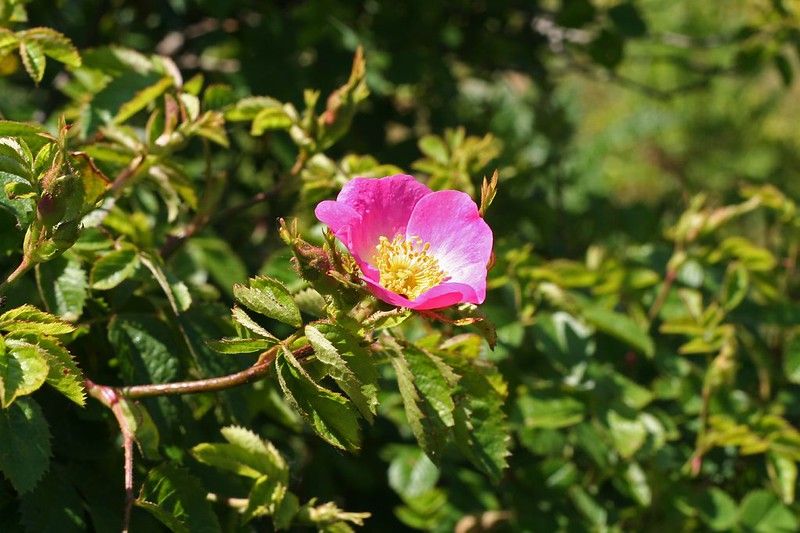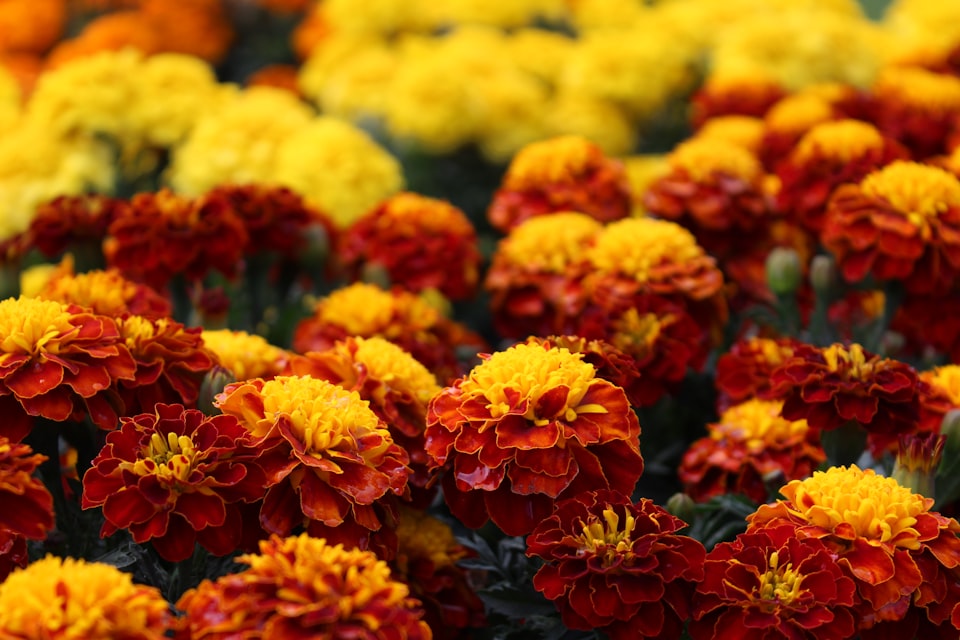I: Cornflower
The flower that symbolized patriotic tragedy.

Good morning. Today is primidi, the 21st of Prairial, Year CCXXXI. We celebrate le barbeau, an entrancing blue-purple weed that loves to grow among grains.
💡
Cornflowers are a peculiar species. They've been nearly eradicated in their endemic range because they've been ruthlessly destroyed with herbicides as a weed that infests grain fields, but they've been naturalized and propagated across the rest of the world as an important and beloved ornamental flower. Such is the fate of an opportunistic weed that happens to be aesthetically pleasing. The blue color is from the same chemical that makes roses red, although it's combined in more complex ways in cornflowers. It's a massive molecule named protocyanin, a massive honker with hundreds of carbon, oxygen, and hydrogen atoms swarming a single iron and single magnesium.
The revolutionaries never could have guessed that the poppy, our flower from three days ago, would become a symbol of battlefield remembrance when it appeared on the bloodied grounds of Flanders after the senseless violence of World War I, a grim botanic rise from the dead of all those mowed down by machine gun fire. Nor could they have guessed that today's flower, the beautiful cornflower, would commemorate the most vulnerable veterans of that same war, France's infantrymen, les poilus.



